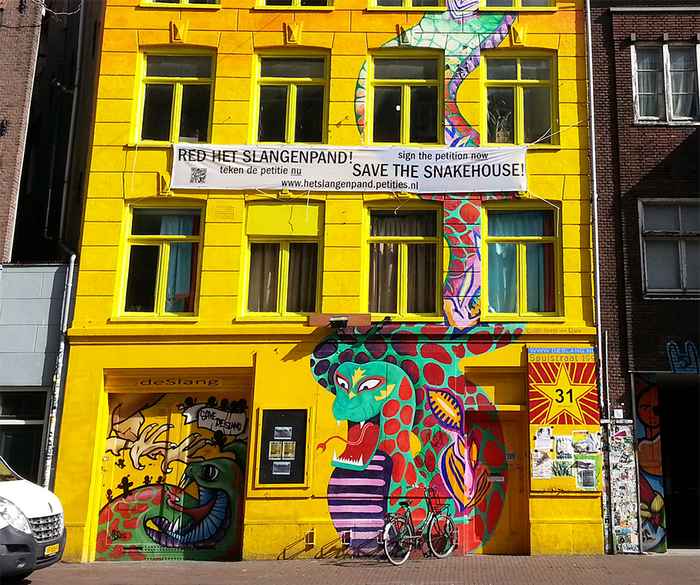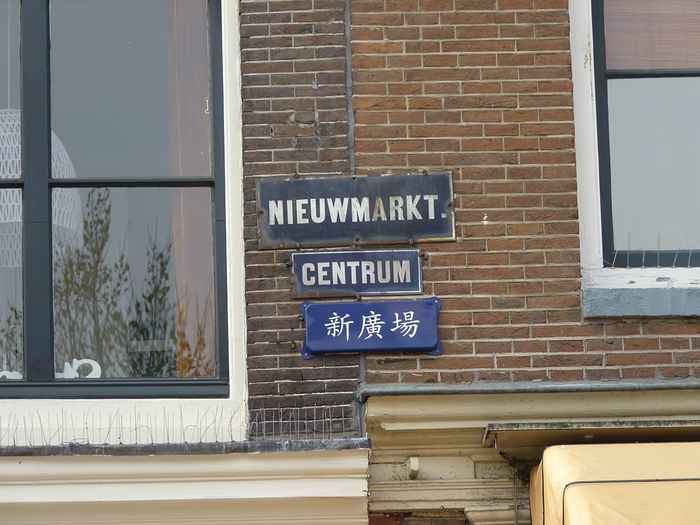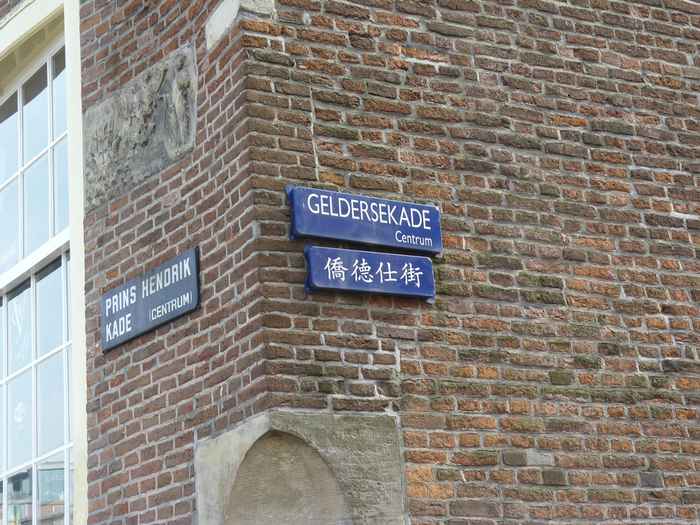Languages and Languaging in Multilingual Amsterdam - By Virginie Mamadouh
Publication date 02-02-2014
In Amsterdam we speak many languages, as in any city across the world. Somewhat specific however is the high prevalence of English, next to Dutch, the national language of the country, and the wide range of languages represented. Moreover, the city has a long history of multilingualism. Its nickname is Mokum – a reminder of the Yiddish custom to call cities after their initial and the times when Amsterdam was Mokum Aleph. This testifies of the importance of Yiddish in its cultural heritage and the local slang. In the Dutch Golden Age, Amsterdam was both a global trade centre and a cultural centre. It was a free place where authors from the rest of Europe convened to get their work printed in many languages, including Hebrew, and more in general a safe haven for people fleeing religious persecution elsewhere: Portuguese Jews and German Jews, as Sephardim and Ashkenazim are known in Amsterdam, Huguenots, etc.


